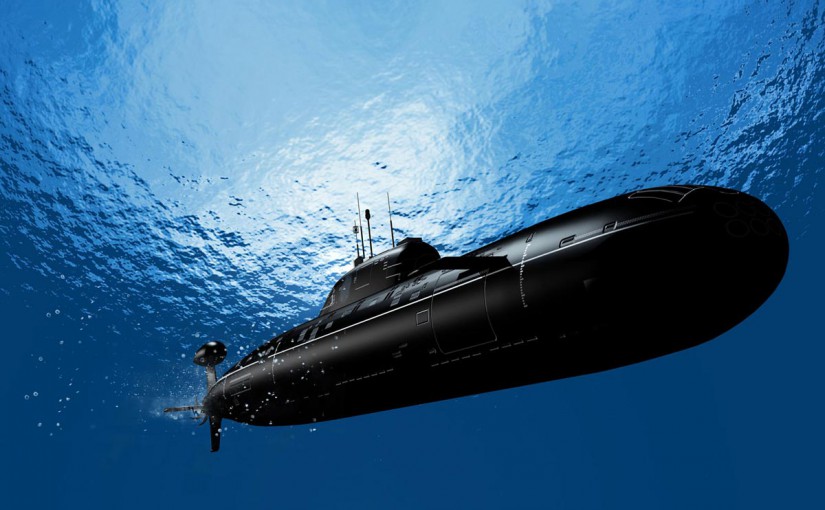What is the Stirling Heat Engine? The Stirling engine was invented by Robert Stirling in 1816. There hasn’t been a successful mass-market application for the Stirling engine. The gasses used inside a Stirling engine never leave the engine. There are no exhaust valves that vent high-pressure gasses, as in a gasoline or diesel engine, and there are no explosions taking place making Stirling engines very quiet. The Stirling cycle uses an external heat source, which could be anything from gasoline to solar energy to the heat produced by decaying plants. No combustion takes place inside the cylinders of the engine.
Modern Day Applications? Stirling engines are used only in some very specialized applications, like in submarines or auxiliary power generators for yachts, where quiet operation is important.
What is the Peltier Device? Peltier devices, otherwise known as thermoelectric coolers, are solid-state heat pumps that operate according to the Peltier effect: a theory that claims a heating or cooling effect occurs when electric current passes through two conductors. A voltage applied to the free ends of two dissimilar materials creates a temperature difference. With this temperature difference, Peltier cooling will cause heat to move from one end to the other. The Peltier Effect was discovered by Jean Peltier in 1834.
A typical thermoelectric cooler will consist of p- and n- type semiconductor elements that act as the two dissimilar conductors. It is possible to shift the balance of electrons and holes in a silicon crystal lattice by “doping” it with other atoms. Atoms with one more valence electron than silicon are used to produce “n-type” semiconductor material. Atoms with one less valence electron result in “p-type” material.
The array of elements is soldered between two ceramic plates, electrically in series and thermally in parallel. As a DC current passes through one or more pairs of elements from n- to p-, there is a decrease in temperature at the junction (“cold side”), resulting in the absorption of heat from the environment. The heat is carried through the cooler by electron transport and released on the opposite (“hot”) side as the electrons move from a high- to low-energy state. The heat-pumping capacity of a cooler is proportional to the current and the number of pairs of n- and p- type elements (or couples).
Modern day applications? Peltier elements are commonly used in consumer products including camping products, portable coolers, cooling electronic components and small instruments. The cooling effect of Peltier heat pumps can also be used to extract water from the air in dehumidifiers. Climate-controlled jackets are beginning to use Peltier elements. Thermoelectric coolers are used to replace heat sinks for microprocessors. They are also used for wine coolers.
References:
1. How Stuff Works
http://auto.howstuffworks.com/stirling-engine.htm
2. II-VI Marlow
http://www.marlow.com/resources/general-faq/6-how-do-thermoelectric-coolers-tecs-work.html
3. PV Education
http://www.pveducation.org/pvcdrom/pn-junction/doping
http://www.pveducation.org/pvcdrom/pn-junction/doping



